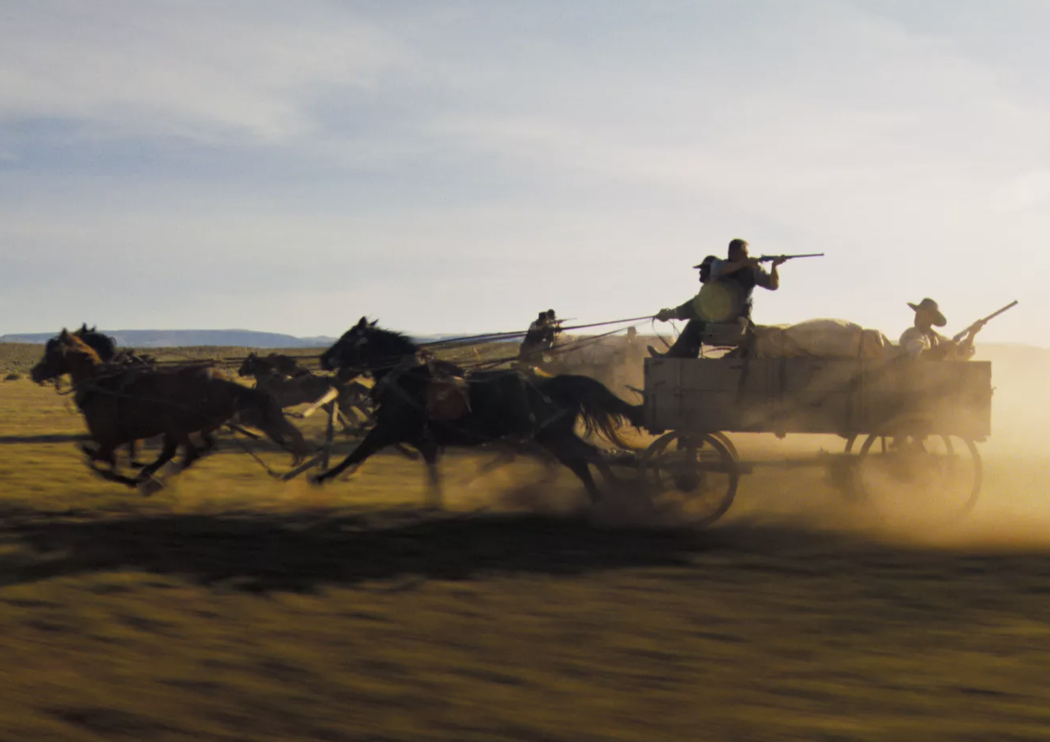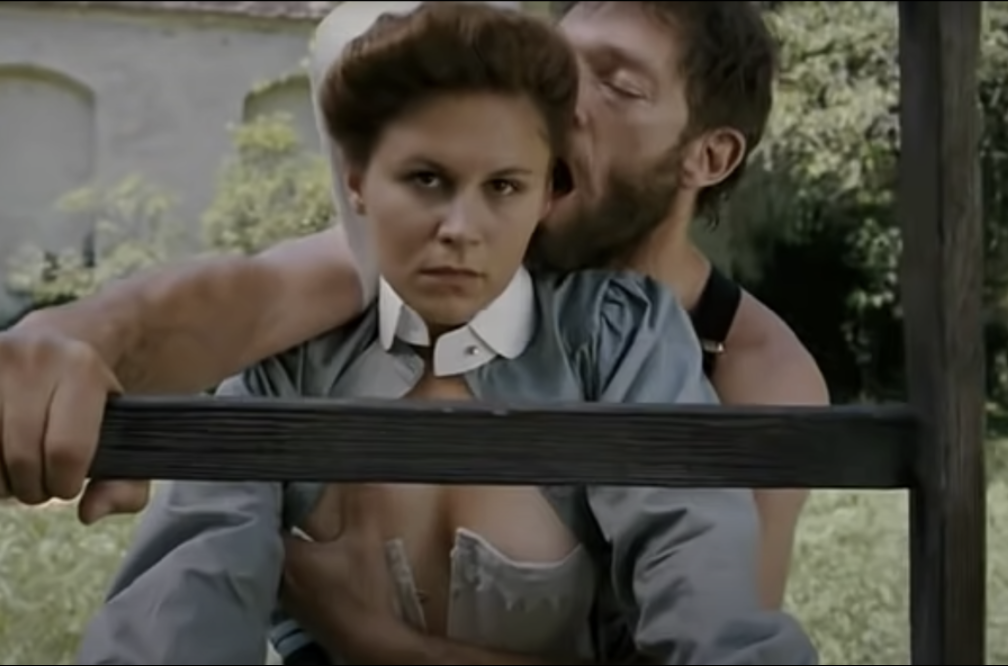Yesterday afternoon Indiewire‘s Kevin Jagernauth posted a five-part, nearly three-hour essay on the films of Stanley Kubrick. I’ve watched about half of it. Astutely written, well-edited and smoothly narrated by Cameron Beyl, it adopts the generic view that everything Kubrick made starting with The Killing…okay, starting with Paths of Glory was monumental, world-class art. (Except for the commendable but not great Spartacus.) Which has long been my opinion. But no history of Kubrick’s life and career is complete without acknowledging that the defining behavioral trait of the last 30 years of his life was an increasing tendency to lead a hermetic, hidden-away existence. I’ve long felt that this isolation made his later films seem more and more porcelain and pristine, and less flesh-and-blood. I mentioned this once to Jan Harlan, Kubrick’s producer and brother-and-law, and he didn’t disagree. “That was the man,” he said. I don’t know if Beyl goes there as I’ve yet to watch the last two chapters, which cover this exact same 30-year period. The five essays are embedded after the jump.
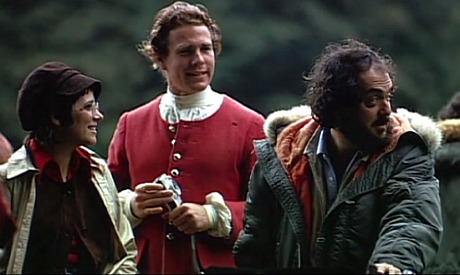
(l. to r.) Christiane Kubrick, Ryan O’Neal Stanley Kubrick during filming of Barry Lyndon.
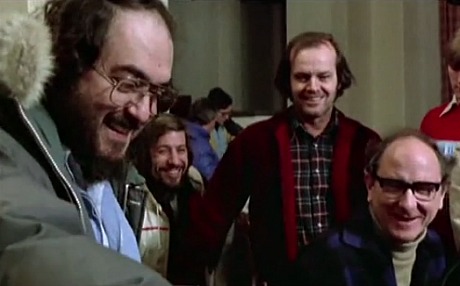
Kubrick, Jack Nicholson, some bald guy during shooting of The Shining.
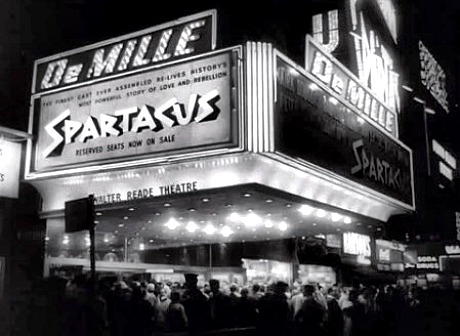
DeMille theatre premiere of Spartacus, probably on 10.6.60.
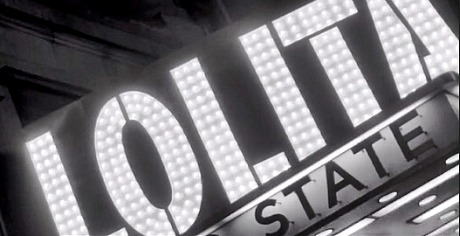
Leow’s State marquee during 1962 run of Lolita.
Two minor quibbles: Beyl pronounces the German-born Jan Harlan‘s first name as rhyming with Dan. I’ve always understood that that the correct pronunciation uses a soft “j” with an “ahhn” sound — Yahn. He also pronounces Adolph Menjou‘s last name as MENNjou. I’ve always heard it pronounced as MAHNjou.
early days Kirk Douglas years Sellers comedies The masterworks final fearures











